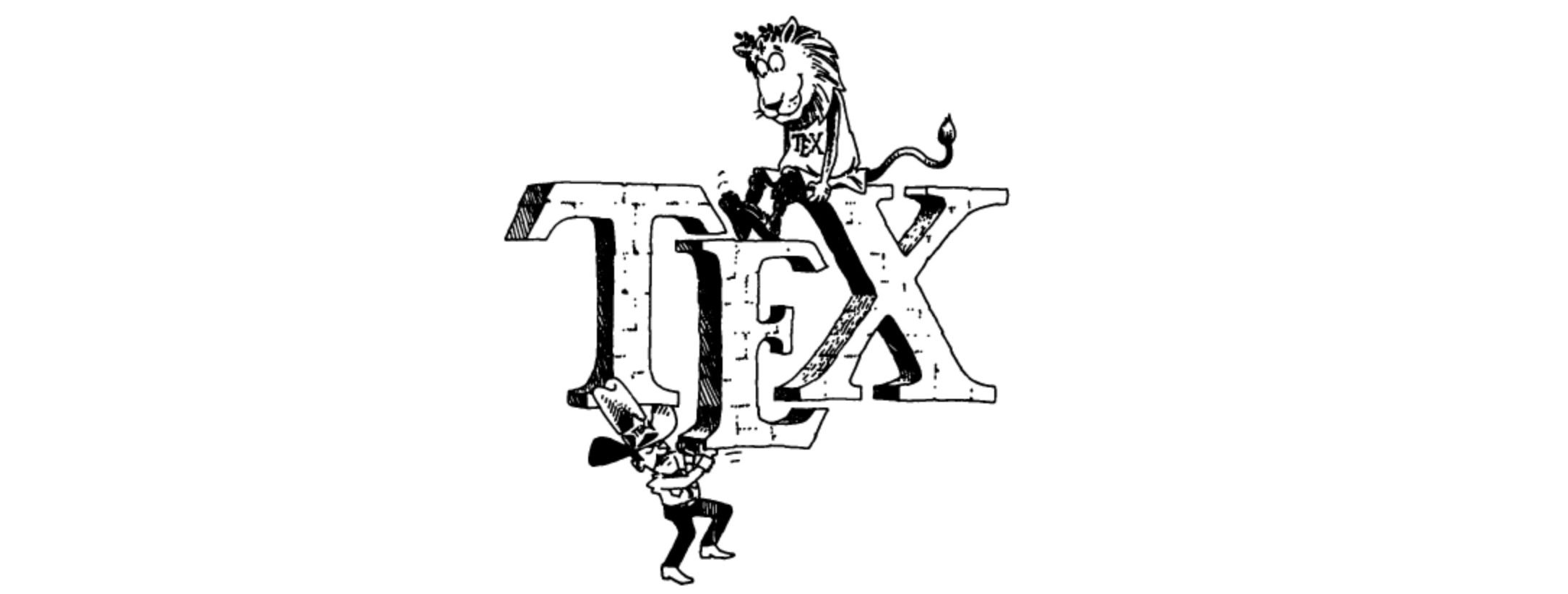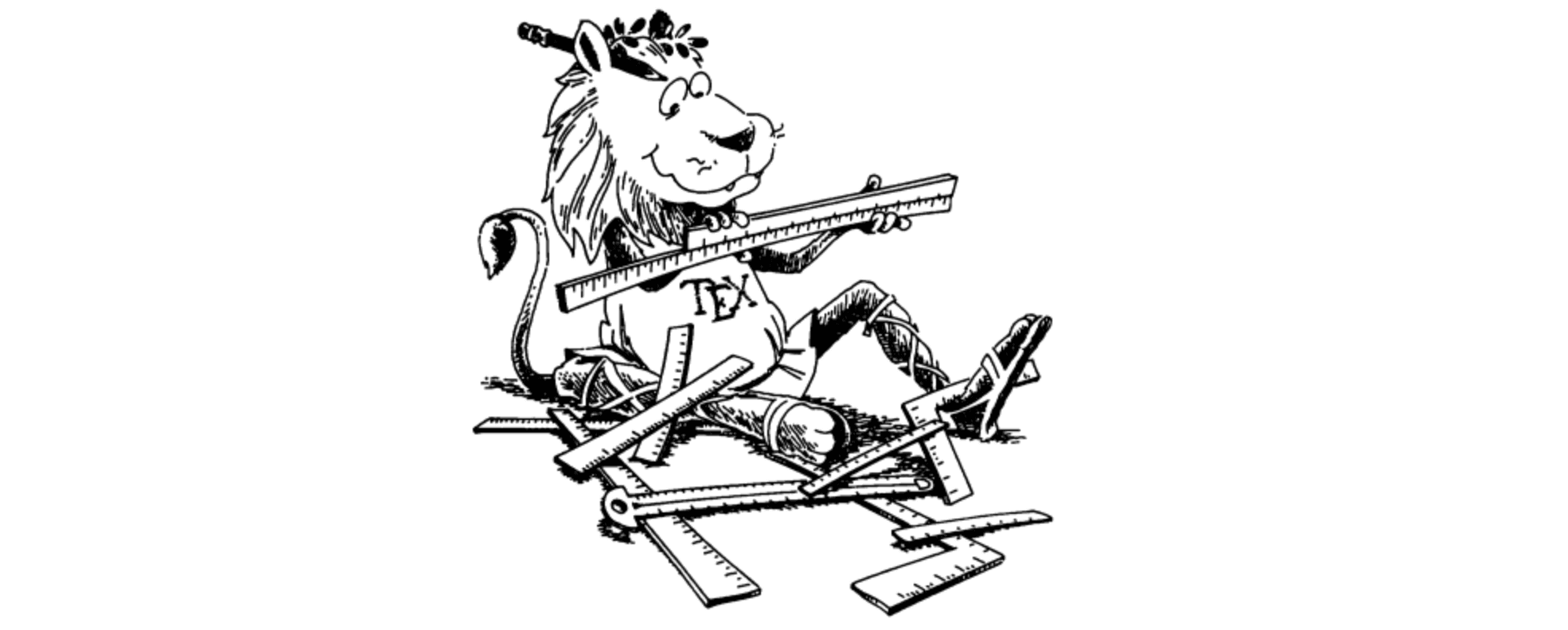LaTeX Getting Started and Advanced #

Hello, I’m Erhua, and welcome to 『LaTeX Getting Started and Advanced 』.
I’ve been using LaTeX for many years, since I started my undergraduate studies, and more than a decade has passed since then.

LaTeX has helped me a lot in writing my thesis and presenting my lectures, and I have used LaTeX for many of my papers and conference slides.

I also wrote a lot of brochures when I was in school, which were also typeset directly from LaTeX, and gave some lectures on LaTeX at school, which were well received.

LaTeX has been widely adopted in the academic world as the de facto standard for professional typesetting in mathematics, physics, computers, and other scientific and technical fields internationally, just because it is not like a visible and available typesetting system like Word, so there is a certain learning threshold, but the typesetting quality of LaTeX is such that once you have seen it, you are less likely to accept other typesetting tools.

With the improvement of LaTeX peripheral tools, LaTeX typesetting is becoming more and more convenient, no longer like before, you have to knock the code line by line and query thick documents. The convenience of the tool greatly reduces the difficulty of learning and allows you to focus more on your paper than on the typesetting itself, making LaTeX more convenient for papers and scientific work.

This column, and arguably this series of articles, will take you from the most basic installation of LaTeX to the completion of very complex typesetting requirements, taking you from a novice beginner to a more advanced level. Of course, if you already have some experience, you can also take a look at this column and feel free to ask questions and communicate with each other.

You can start by looking through the table of contents of this column to see if there is anything you need to learn, and if there is, then start learning LaTeX now!